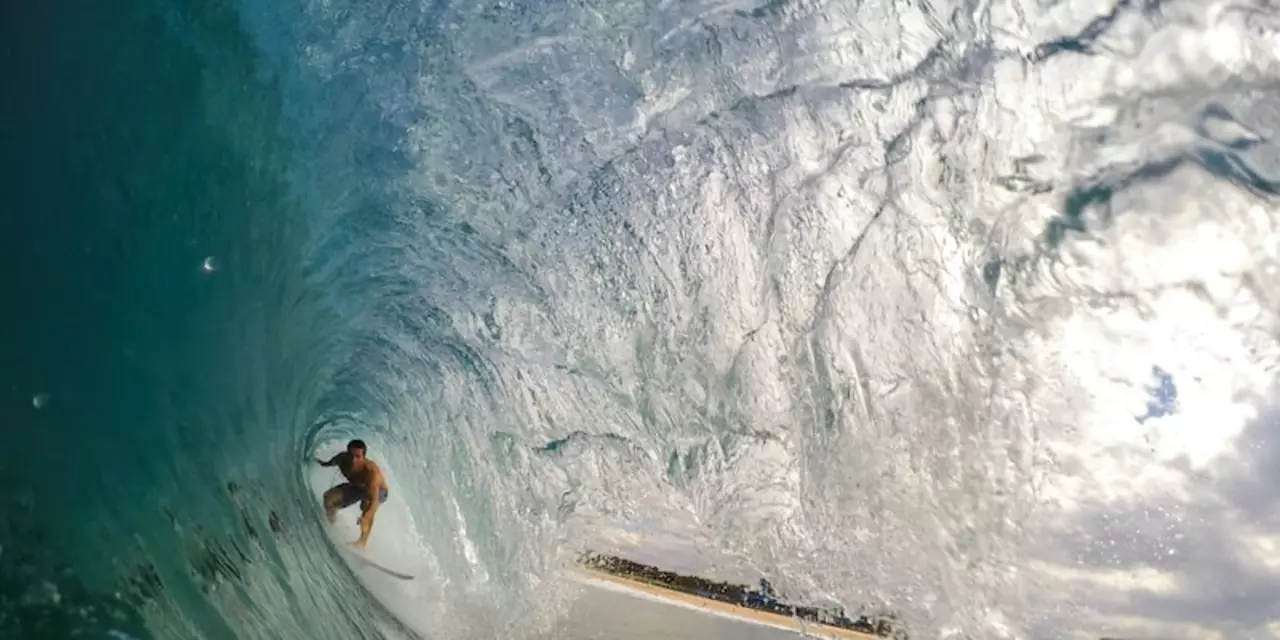
Are you looking for a new water sport to try? You might be considering either surfing or paddleboarding. Although both involve riding waves, there are a few key differences between them. Let’s explore the differences between surfing and paddleboarding and how to decide which activity is best for you.
Surfing vs. Paddleboarding
Surfing typically involves riding a surfboard in the ocean with the help of waves. Paddleboarding is a bit different. It involves standing on a board and using a paddle to propel oneself on the water. Paddleboarding is often done on calmer waters, such as lakes and rivers, while surfing is typically done in the ocean.
Another difference is that surfing requires more skill and technique than paddleboarding. In order to catch a wave and ride it, surfers need to be able to balance on the board and maneuver it in order to stay on the wave. Paddleboarding is much simpler and requires less skill. All you have to do is stand on the board and paddle with the paddle.
Choosing the Right Activity for You
The best way to decide which activity is right for you is to consider your level of experience and skill. If you’re an experienced surfer and comfortable in the ocean, then surfing is probably the best option for you. However, if you’re a beginner or want to try something less challenging, then paddleboarding is probably the better choice.
It’s also important to consider the environment. If you live close to the ocean and have access to waves, then surfing might be the way to go. On the other hand, if you live near a lake or river, then paddleboarding is probably the better option.
Surfing and paddleboarding both offer unique experiences and can be great ways to enjoy the water. Ultimately, the best activity for you depends on your skill level, the environment, and what you’re looking for in a water sport. So take some time to think about these factors and decide which activity is right for you.
Surfing and paddleboarding are two water sports that have grown in popularity over the years. While both involve riding waves, they each have distinct differences that make them unique from one another. The following is an in-depth look at the distinctive qualities of surfing and paddleboarding.
The Difference in Gear
The most obvious difference between surfing and paddleboarding is the equipment used. A surfboard is typically longer and narrower than a paddleboard, with a rounded nose and tail. It is designed to be ridden in the prone position, with the rider lying on their stomach. Paddleboards are wider and thicker than surfboards, and they are usually ridden in the standing position. They also feature a paddle, which is used to propel the board through the water.
Differences in Technique
Surfing and paddleboarding also require different techniques. Surfers use their arms and legs to maneuver the board and generate speed. They also use their body weight to carve the wave and create turns. Paddleboarding, on the other hand, relies on the paddle to move the board forward. The paddle is used to generate speed, steer the board and carve the wave.
Differences in Skill Level
The level of skill required for surfing and paddleboarding also varies. Surfing is typically seen as a more advanced sport, and it requires a certain level of physical and mental ability. Paddleboarding, on the other hand, is generally considered a beginner-friendly sport. It can be enjoyed by people of all ages and skill levels.
The Bottom Line
Surfing and paddleboarding are two popular water sports that share some similarities, but they also have distinct differences. Surfers rely on their arms and legs to move the board and generate speed, while paddleboarders use paddles to propel the board forward. Additionally, surfing is seen as a more advanced sport, while paddleboarding can be enjoyed by people of all ages and skill levels.